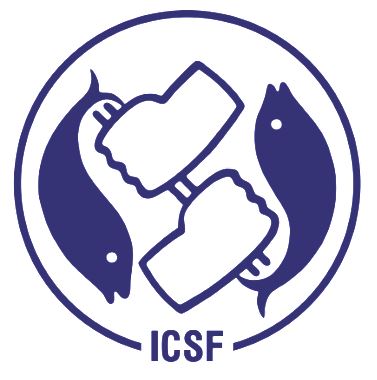Benavides, Iván Felipe and Vargas, JoséGarcés and Selvaraj, John Josephraj (2024) Potential negative impacts of climate change outweigh opportunities for the Colombian Pacific Ocean Shrimp Fishery. p. 24.
Full text not available from this repository. (Request a copy)Abstract
Climate change brings a range of challenges and opportunities to shrimp fisheries globally. The case of the Colombian Pacific Ocean (CPO) is notable due the crucial role of shrimps in the economy, supporting livelihoods for numerous families. However, the potential impacts of climate change on the distribution of shrimps loom large, making it urgent to scrutinize the prospective alterations that might unfurl across the CPO. Employing the Species Distribution Modeling approach under Global Circulation Model scenarios, we predicted the current and future potential distributions of five commercially important shrimps (Litopenaeus occidentalis, Xiphopenaeus riveti, Solenocera agassizii, Penaeus brevirostris, and Penaeus californiensis) based on an annual cycle, and considering the decades 2030 and 2050 under the Shared Socioeconomic Pathways SSP 2.6, SSP 4.5, SSP 7.0, and SSP 8.5. The Bathymetric Projection Method was utilized to obtain spatiotemporal ocean bottom predictors, giving the models more realism for reliable habitat predictions. Six spatiotemporal attributes were computed to gauge the changes in these distributions: area, depth range, spatial aggregation, percentage suitability change, gain or loss of areas, and seasonality. L. occidentalis and X. riveti exhibited favorable shifts during the initial semester for both decades and all scenarios, but unfavorable changes during the latter half of the year, primarily influenced by projected modifications in bottom salinity and bottom temperature. Conversely, for S. agassizii, P. brevirostris, and P. californiensis, predominantly negative changes surfaced across all months, decades, and scenarios, primarily driven by precipitation. These changes pose both threats and opportunities to shrimp fisheries in the CPO. However, their effects are not uniform across space and time. Instead, they form a mosaic of complex interactions that merit careful consideration when seeking practical solutions. These findings hold potential utility for informed decision-making, climate change mitigation, and adaptive strategies within the context of shrimp fisheries management in the CPO.
| Item Type: | Articles |
|---|---|
| Keywords: | Fisheries, Machine Learning, Species Distribution Models, Coastal Ecosystems, Benthic Organisms, Seafloor |
| Subjects: | Disasters and Climate Change |
| Depositing User: | Kokila ICSF Krish |
| Date Deposited: | 04 Oct 2024 04:26 |
| Last Modified: | 04 Oct 2024 04:26 |
| URI: | http://icsfarchives.net/id/eprint/20470 |
Actions (login required)
 |
View Item |


